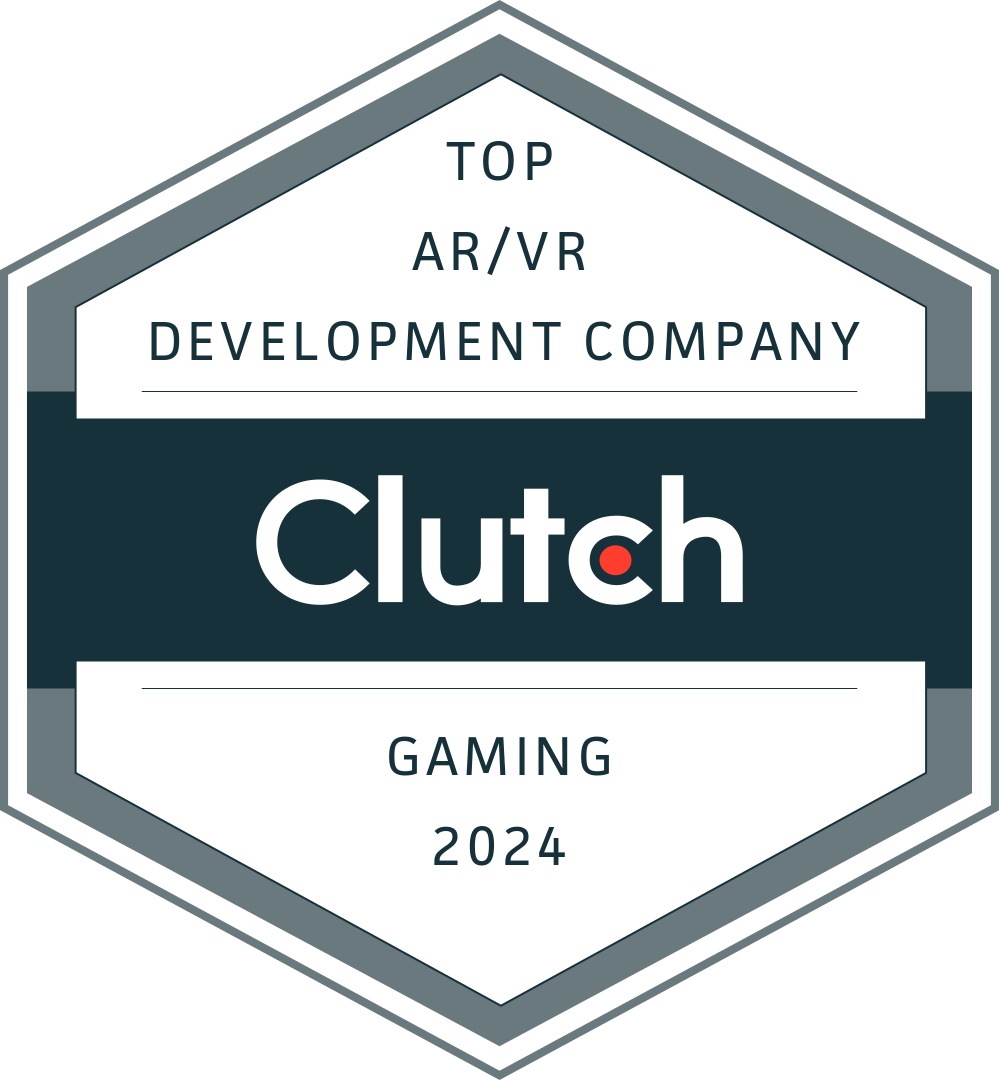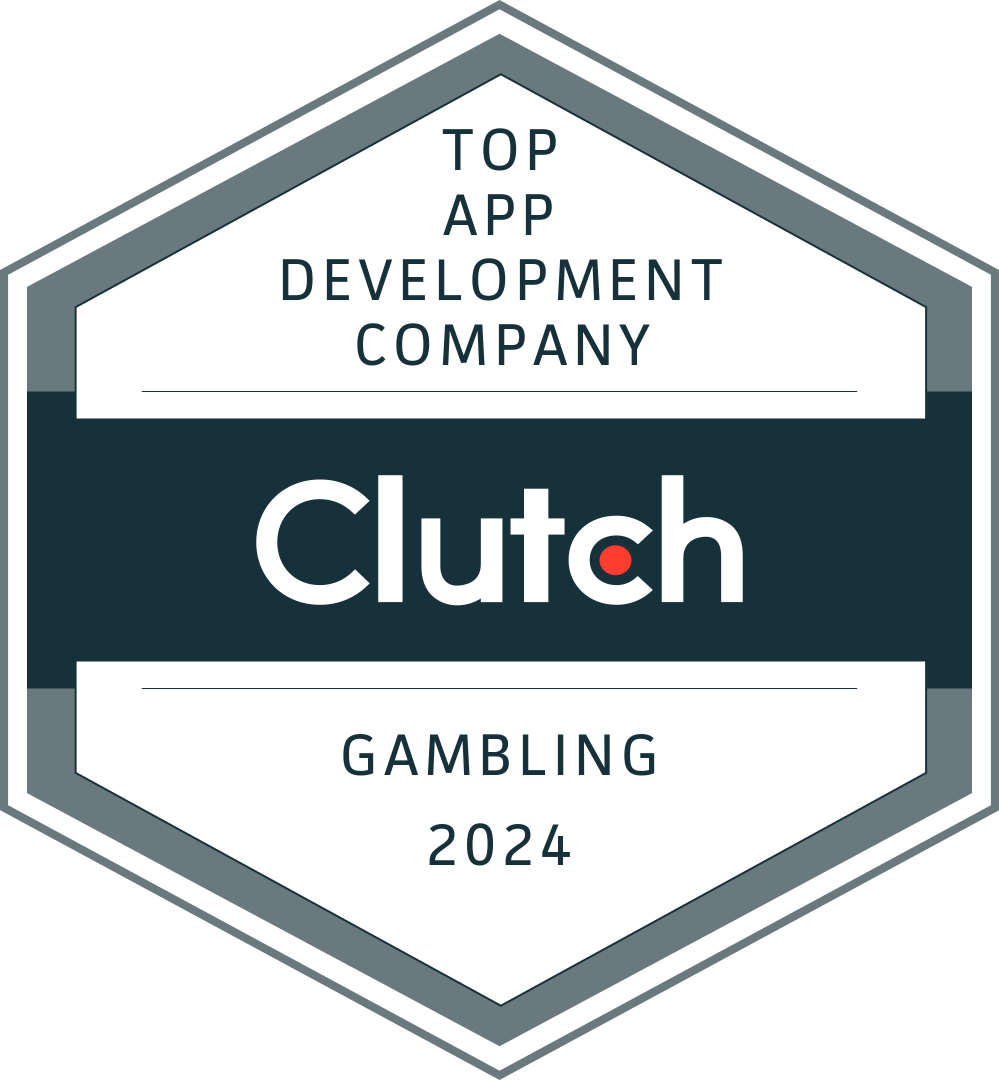
Hyper-casual games look deceptively simple—we know! Easy single-tap mechanics, bright and vibrant visuals, and sessions you can finish maybe even between stops on the subway. But there’s much more to that simplicity; a surprisingly intricate economic model.Yes, we aren’t going to talk about what hyper-casual games are. You probably know all that. This article explains how hyper-casual titles make (and lose) money, the levers publishers use to chase profitability, and what studios, developers, and publishers need to do if they want to scale.
Plus, we also give you a practical look at how Red Apple Technologies helps studios win in this fast-moving genre.
Why Hyper-Casual Is a Distinct Business
These games are designed for breadth, not depth. Their goal is massive distribution and high ad impression volume rather than deep, long-term engagement. That design choice shapes every economic decision: user acquisition (UA) must be cheap, ad yield must be optimized, and the studio must be ruthlessly efficient with prototypes and creative tests. In short, hyper-casual is an operations and experimentation business as much as it is a creative one.
The Revenue Model: Ads, Hybrids, and Portfolio Effects
Most revenue comes from in-app advertising: rewarded videos, interstitials, playables, and banners. Rewarded and playable formats typically deliver the highest eCPMs, while banners provide a thin but steady floor. Because individual players monetize poorly over time, successful studios rely on volume — millions of installs — and portfolio effects such as cross-promotion to stabilize returns.
In recent years many hyper-casual teams have moved toward hybrid models that combine ad monetization with light in-app purchases or meta progression systems. These hybrids don’t overhaul the simple loop; instead, they squeeze incremental revenue from the small fraction of players who want more. The most successful houses treat hybridization as a calibrated tool: add just enough progression or purchasable convenience to increase lifetime value (LTV) without diluting the instant gratification but makes the genre viral.
The Core Costs: CPI, Creative, and Scale
Two cost centers dominate:
- User Acquisition (CPI). UA is typically the largest line item. The whole economics model collapses if cost per install (CPI) exceeds lifetime value. Studios continuously test creatives, networks, and placements to push CPI down.
- Creative and Prototyping. Hyper-casual is a numbers game: studios create many prototypes, learn very quickly which mechanics stick, and scale the winners. Creative production — short videos, playables, and multiple creative variants — is ongoing, not one-off.
Other recurring costs include ad meditation fees, analytics and live-ops infrastructure, and the engineers and data teams who keep iteration speed high.
Unit Economics is a Simple Framework
A compact way to think about economics for any title:
- CPI = cost to acquire one user
- ARPDAU = average revenue per daily active user (ad revenue + any IAP)
- Retention (D1, D7, D30) = how many days users stay active
- LTV = ARPDAU x average days active (plus any IAP contribution)
- Payback period = CPI / daily net revenue
Example (illustrative): CPI = $1.50; ARPDAU = $0.02; average days active = 4 > LTV ≈ $0.08. That is far below CPI, so the title is loss-making on a UA basis. To reach profitability, you must lower CPI, raise ARPDAU (higher eCPM or hybrid IAP), increase retention, or leverage owned inventory for cheap re-acquisition.
This math explains the genre’s two structural truths:
- Single titles rarely pay their way without exceptional metrics or hybridization; and
- Portfolio scale and cross-promotion are decisive advantages. A studio with multiple live titles can re-acquire users cheaply, amortize creative costs across projects, and trade users to keep payback periods short.
Where Studios Find Leverage
Creative testing is the biggest short-term lever. A better trailer or playable ad can cut CPI by 20–50% overnight. Ad optimization (mediation, frequency capping, geographic segmentation) improves ARPDAU. Product tweaks that modestly increase retention multiply impressions per user and therefore LTV. Finally, a disciplined portfolio strategy — launch small, double down on winners, and recycle users — turns volatile single-title outcomes into predictable returns.
Major Risks and Market Pressures
Hyper-casual faces several external pressures: rising CPI in crowded markets, ad yield volatility due to changes in advertiser demand or platform policies, and the inherent concentration of revenues among very few hits. Privacy regulations and platform-level changes (e.g., changes to SKAdNetwork, ad tracking, or app store policies) can materially affect predictive signals and UA effectiveness. Because the margin of error is thin, teams must plan for shocks and diversify risks across mechanics, geographies, and monetization tactics.
A pragmatic playbook
For teams evaluating or running hyper-casual projects, the practical steps are:
- Run many rapid prototypes and treat early retention and ARPDAU as go/no-go signals.
- Prioritize creative output: invest in short, testable videos and playables as your main UA experiments.
- Use ad mediation and programmatic optimization to raise eCPMs and stabilize yield by geography and format.
- Explore light hybridization early — a tiny IAP funnel or minimal progression can lift LTV meaningfully.
- Build a cross-promo network as soon as you have more than one live title to reduce marginal UA cost.

How to Win the Hyper-Casual Game World with Red Apple Technologies
We understand that winning in the hyper-casual game development world requires both creative velocity and operational excellence. They offer end-to-end hyper-casual game development services that span rapid prototyping, creative production, ad monetization setup, and cross-promotion systems. Their approach emphasizes quick hypothesis cycles: small, experimental teams build multiple prototypes; creatives are tested iteratively against UA benchmarks; and winners are scaled with tight payback targets.
As a full-service game development agency, Red Apple Technologies also helps studios design light hybrid mechanics that increase LTV without compromising the immediate gameplay loop that drives virality. Their ad-ops team configures mediation, runs eCPM experiments by geo, and monitors yield so studios don’t leave money on the table. For partners that lack in-house creatives or an ad-ops team, Red Apple Technologies can execute creative campaigns and manage UA, shortening the time from prototype to profitable scale.
For studios looking to expand their catalogue, Red Apple Technologies can build a robust hyper-casual game portfolio quickly and cost-effectively, and they make it straightforward to hire hyper-casual game developers through staffed engagements or project-based work. Whether you need a single MVP prototype or a multi-title publishing strategy, their operating model is optimized for the speed and experimentation the genre demands.
The future: steady evolution, not sudden disruption
Expect the genre to evolve rather than disappear. Creative and playable ad formats will continue to shape UA; hybrid monetization will slowly become the norm for studios that want healthy margins; and portfolio strategy will remain the best defense against UA inflation and ad volatility. Teams that balance fast experimentation with disciplined economics and that use partners for gaps in creative or ad ops will be best positioned to win.
Conclusion
Hyper-casual games are deceptively simple on the surface and painfully precise under the hood. The economics revolve around a tight interplay of CPI, ARPDAU, retention, and portfolio scale. For teams willing to invest in creative velocity, ad monetization sophistication, and disciplined metrics, hyper-casual can still be a lucrative model, especially when supported by experienced partners. If you’re evaluating this space, focus on improving creative signals, measuring early LTV rigorously, and building pathways to scale (cross-promo and light hybridization). And if you need hands-on help moving from prototype to portfolio, a specialized game development agency like Red Apple Technologies can help you prototype faster, optimize monetization, and scale the titles that matter.
To Have A Better Understanding On This Let us Answer The Following Questions
How can new studios enter the hyper-casual market when CPI rates are already high?
Answer: New studios can still break in by focusing on prototype velocity and creative innovation rather than large UA budgets. Early-stage testing with small ad spends can identify high-performing mechanics before scaling. Partnering with experienced publishers or agencies helps leverage established ad networks, proven CPI benchmarks, and creative optimization strategies that lower entry barriers.
What technologies or tools are essential for building and testing hyper-casual games efficiently?
Answer: Speed and data are key. Studios rely on tools like Unity or Buildbox for rapid prototyping, and Firebase, Game Analytics, or AppLoving MAX for performance and monetization tracking. Automation in creative A/B testing, AI-driven ad optimization, and cross-promo SDKs help shorten iteration cycles, an area where Red Apple Technologies integrates tech stacks tailored to each studio’s workflow.
How does hybrid monetization affect player retention and ad strategy in hyper-casual games?
Answer: When done right, hybrid monetization (ads + small IAPs or progression layers) enhances player engagement by providing optional depth. However, overcomplicating mechanics can alienate users seeking instant gratification. The best practice is balancing ad frequency with optional meta features, which studios like Red Apple Technologies fine-tune using retention data and LTV projections.
What are the major metrics investors or publishers look for in a hyper-casual pitch?
Answer: Investors prioritize Day 1 and Day 7 retention, CPI, ARPDAU, and payback period. A healthy early prototype should show D1 retention above 35% and a payback window under 7 days. Publishers also value creative test results and audience response data. Demonstrating a clear portfolio roadmap or collaboration with a trusted developer partner strengthens funding potential.
How is AI shaping the future of hyper-casual game development and monetization?
Answer: AI tools now assist in creative generation, gameplay balancing, and predictive UA modeling. Machine learning helps forecast LTV and CPI outcomes faster, while AI-driven ad creatives improve click-through rates. We leverage AI to automate creative testing and performance prediction, helping studios achieve profitability faster with fewer manual iterations.






























 Book an Appointment
Book an Appointment Get Instant Project Estimation
Get Instant Project Estimation WhatsApp Now
WhatsApp Now






 Book An Appointment
Book An Appointment WhatsApp
WhatsApp







